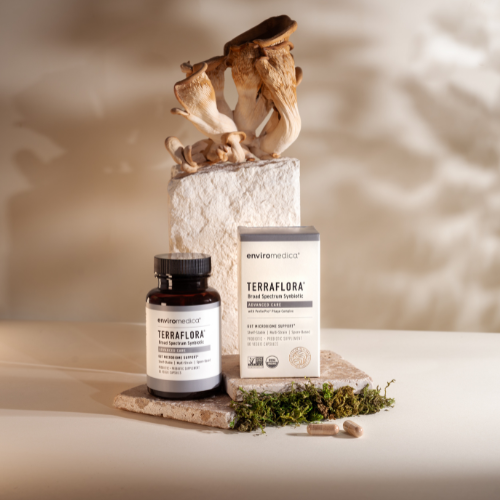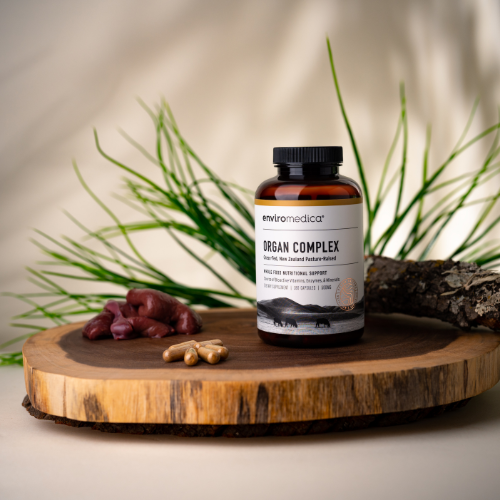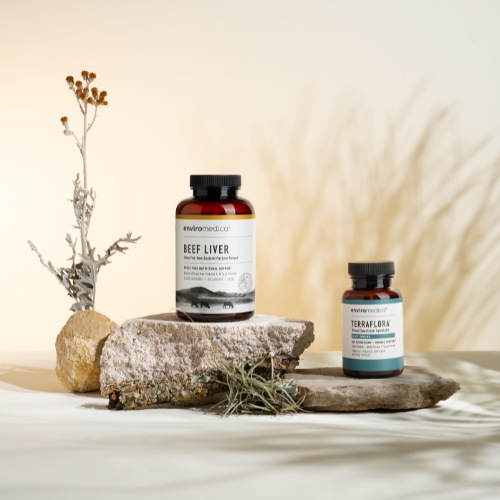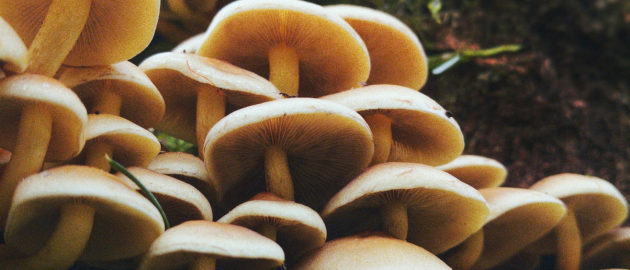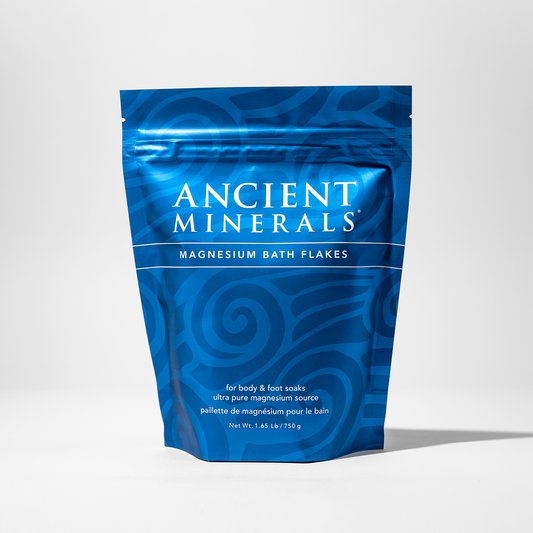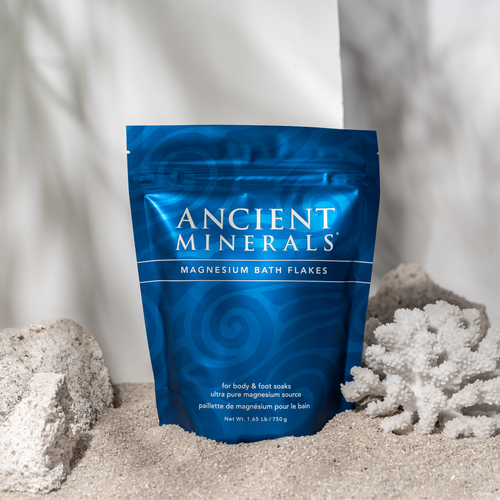As promised, here is a continuation of our post on essential oil combinations that can be added to your magnesium oil, lotion, or bath – my personal preference being lotion or bath, in this case. These blends of essential oils are at a ratio that may suit our preference, but don’t hesitate to adjust them according to your own, if you feel the urge.
Whereas the previous post was based more on functional essential oil recipes for specific purposes, these two certainly lean more towards satisfying scent preferences and setting a mood. Enjoy!
Honeymoon
(Ylang Ylang 6, Patchouli 5, Blood Orange 5, Lavender 5, Sandalwood 9, and Jasmine 3)
Patchouli: Sweet, relaxing, and decidedly sensual, patchouli has wound its way throughout the world as a highly popular essential oil. Rich and exotic in nature, this oil is common in both massage oils as well as perfumes – often being used as a fixative. Its medicinal properties range everywhere from anti-depressant to anti-wrinkle, and a wide range in between.
Blood Orange: The fruity yet balsamic notes of this delicious fruit are a radiant addition to help brighten your day. Various types of citrus essential oils, such as this one, are also known for their sedative qualities which help ease stress and bring about a more positive, open outlook.
Ylang Ylang: Deep, rich and subtly sweet, this essential oil is most commonly used as a fragrance in more masculine formulations. It’s muted floral tones lend a certain sensuality to it without leaning too much into the feminine spectrum of scents. It’s sedative and pain relief properties are beneficial for headaches, stress, insomnia, and muscle and joint pain, while other benefits include anti-spasmodic and anti-septic properties that can certainly assist during cough and cold season.
Lavender: Relax, relax, relax! Possibly the most well-known essential oil related to relaxation, lavender possesses numerous beneficial abilities that relate to this attribute. Insomnia, migraine, nervous tension, depression, stress, indigestion and anxiety have all seen relief with the use of lavender. With it’s musky floral notes, it helps balance sweeter tones, while also adding a classic aroma to the mix.
Sandalwood*: Woody, soft notes with sensuous, sultry undertones, sandalwood has been treasured and coveted for centuries. The essence is one that deeply permeates for a long lasting aroma, never quite leaving in entirety. Incenses and pastes of this are used in religious ceremonies and medicinal practices alike, while also being prevalent in beauty products for its benefits to dry skin, acne, and various other skin associated issues. While it has a host of other uses, it’s uses as an aphrodisiac is certainly one of the more pertinent for our purposes.
Jasmine: An unsurpassed, deep floral aroma as classic and timeless as rose. A little of this oil goes a long way, but will add an that edge of exotic lushness to your blend. Anectdotally, you’ll find jasmine amongst the list of essential oils used as an aphrodisiac.
*Sandalwood is becoming less and less accessible due to irresponsible and indiscriminate harvesting practices of the slow growing trees. If possible, please try to find a sustainably sourced sandalwood oil.
Bazaar
(Frankincense 10, Cardamom 8, Vetiver 8, Rose 6)
Cardamom: Warm and spicy with a hint of earthiness dashed in, cardamom has become a more popular addition to aromatherapy as well as herbal teas in the recent years. This exotic spice has many uses, but is more commonly applied to disorders of the GI tract including constipation, appetite, nausea, stomach cramps, and vomiting. Essential oil of cardamom is often added to massage blends for upset stomachs.
Frankincense: The earthy, yet spicy musk of frankincense is one that cannot be interchanged or confused. This resin has a long history of use as an incense – often being used in religious ceremonies and as an air purifier. Although the list of uses for this has grown lengthy, it is most well known for aiding with respiratory ailments (cough, cold, flu, etc), calming nerves and stress, as well as its skin healing properties.
Vetiver: A heavy, woody scent with just a whisper of sweetness, this oil helps bring you back down to earth. Known as an emotional grounder, vetiver oil has been used in aiding with depression, diffusing nervous tension and anxiety, and in relieving stiffness and muscle pain due to stress. The oil’s woody scent and viscous consistency also lends itself to use in various handmade/woven goods, adding a fresh, clean, “new” smell to what may previously become stale.
Rose (Bulgarian): A timeless, romantic floral essence that will soften edges and help even out sharper fragrance blends. Roses have long been associated with decadence and romance, able to provide a boost to emotions as well as to the libido. On top of that, it is used topically for skin issues such as dryness, eczema, abrasions, and wrinkles, making it a popular addition to lotions, night creams and anti-aging serums. The specific type of rose essential oil chosen will make a surprising difference in the overall aroma of the blend, which is why we selected Bulgarian.
—-
Have any suggestions or preferences for essential oil recipes? Let us know!
For more ways to Spice Up Your Topical Magnesium and other fun DIY ideas, subscribe to our RSS feed and stay up to date with new posts!
